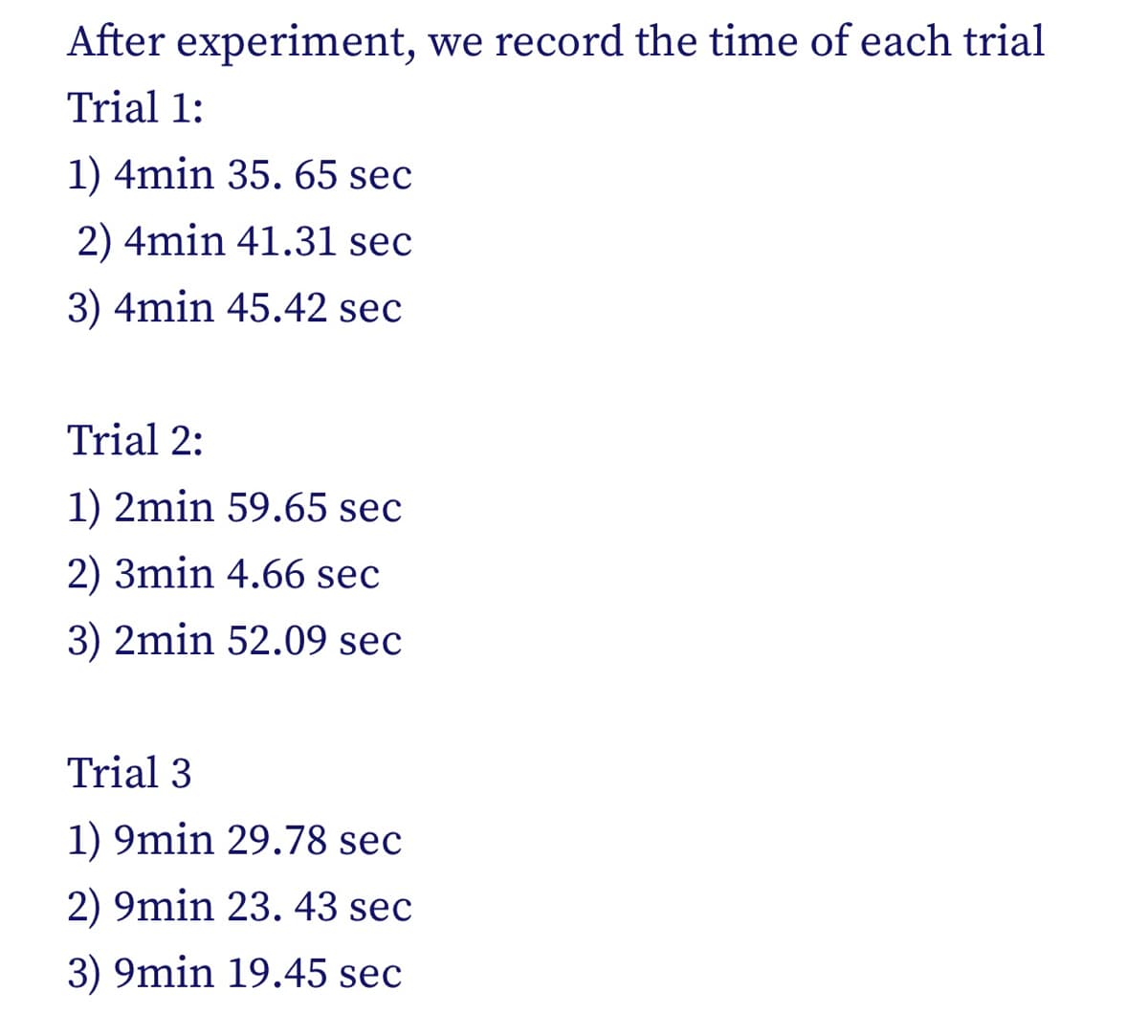Catalysis and Enzymatic Reactions
Catalysis is the kind of chemical reaction in which the rate (speed) of a reaction is enhanced by the catalyst which is not consumed during the process of reaction and afterward it is removed when the catalyst is not used to make up the impurity in the product. The enzymatic reaction is the reaction that is catalyzed via enzymes.
Lock And Key Model
The lock-and-key model is used to describe the catalytic enzyme activity, based on the interaction between enzyme and substrate. This model considers the lock as an enzyme and the key as a substrate to explain this model. The concept of how a unique distinct key only can have the access to open a particular lock resembles how the specific substrate can only fit into the particular active site of the enzyme. This is significant in understanding the intermolecular interaction between proteins and plays a vital role in drug interaction.

![Stock solutions of each of the reagents are provided at the following concentrations:
0.755 M
[H¿C¿O4]
[MnO,]
0.130 M
We will vary the initial concentration of the Oxalic Acid and Permanganate by varying the
volume of each reagent added to the reaction mixture. The concentration (volume) of only one
species will be varied from one experiment to the next so as to determine the influence of only
the species being varied. Because the endpoint of the reaction is difficult to determine, each
experiment will be performed in triplicate and the results will be averaged. Each experiment will
be prepared as follows:
Experiment
Oxalic Acid
Permanganate
Water
Trial 1
Trie 2
Trial.3
5.00
1.00
6.00
10.00
1.00
1.00
5.00
2.00
5.00
1.
Label a clean 100mL beaker:
"Oxalic Acid"
Obtain ~75 mL of Oxalic Acid solution and place it in the beaker. Oxalic Acid is
poisonous. Wear gloves when handling solutions containing Oxalic Acid. If some
spills on your skin, rinse it off with copious amounts of water. Large spills require
flushing with water for 15 minutes.
2.
Do the same for a beaker for Water.
3.
Label a clean 50 mL beaker:
"Permanganate Ion"
Obtain ~25mL of Permanganate and place it in the beaker. Permanganate is a strong
oxidizing agent. Handle solutions of Permanganate with gloves.
4.
Obtain a large test tube and clamp it in place over a stir plate. Add a small stir bar to the
test tube.](/v2/_next/image?url=https%3A%2F%2Fcontent.bartleby.com%2Fqna-images%2Fquestion%2F4d4f45f0-6f0b-4cb6-9f2e-05d769dd18ce%2Fe193b617-11da-48e6-bdc8-551bfc850793%2Fog8izh5_processed.jpeg&w=3840&q=75)
Trending now
This is a popular solution!
Step by step
Solved in 2 steps


